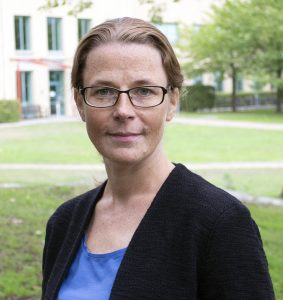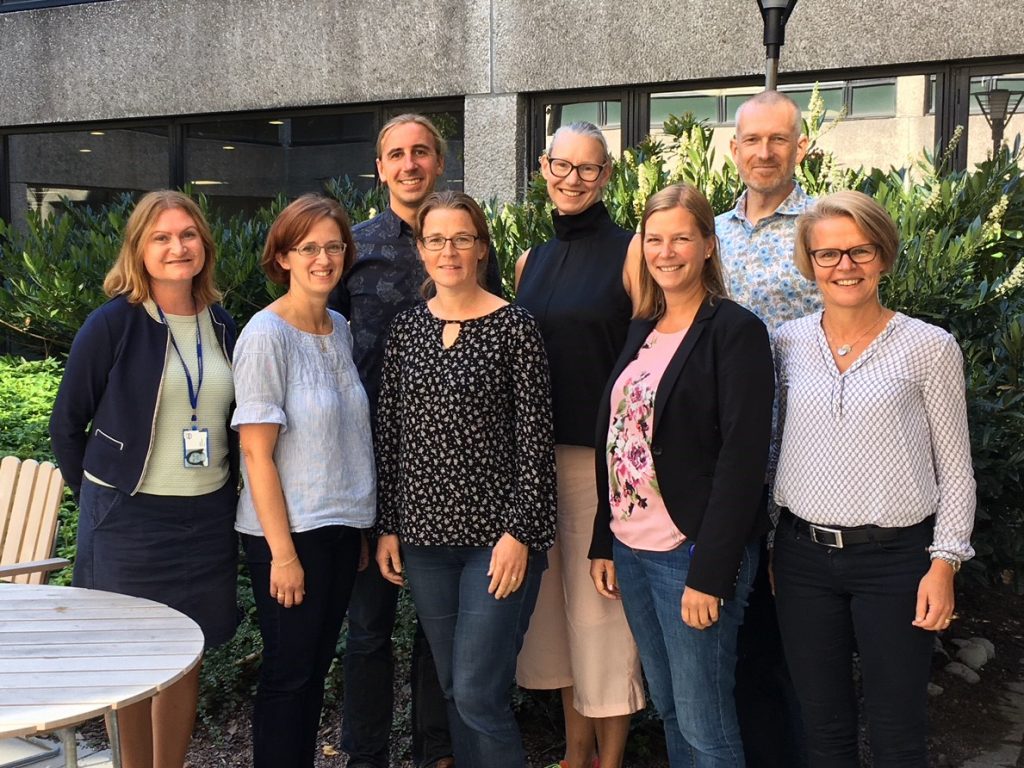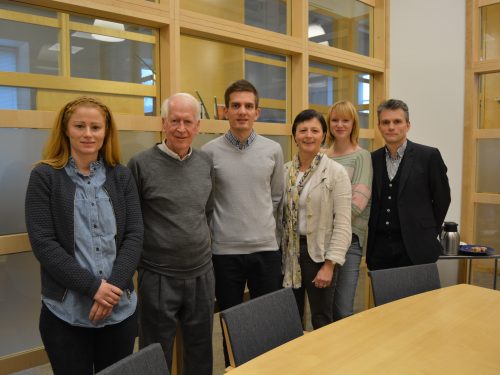Guide for sustainable decisions
“I have met frustrated colleagues in companies who explain the difficulty of making things happen.”
Nowadays, the life cycle perspective is central in the ISO standard for Environmental Management (14001), and many companies face the task of bringing in the entire value chain into their decisions. Thanks to recently completed research project, there is now a guide at hand that can help companies spread life cycle information to more parts of the organization so that sustainability can pervade business management as well as purchasing, logistics and marketing.
 “For a long time, I have met frustrated colleagues in companies who explain the difficulty of making things happen further into the organization,” says Project Manager Emma Rex about the background of the project.
“For a long time, I have met frustrated colleagues in companies who explain the difficulty of making things happen further into the organization,” says Project Manager Emma Rex about the background of the project.
In some cases, they have managed to affect upwards in the organization, to corporate management, but according to Emma, it has not been so easy in the operational business. That insight was the starting point of the project, which began in 2016. It’s just on operational activities, flows of information and contexts where information is to be received, that Emma and her colleagues have spent their past two years of research. Together with a project group with representatives from global industry companies, behavioral scientists and life cycle experts, they have sought keys to what is required for the information to be received and affecting decisions. The results are interesting in many ways.
“The project puts the finger on the context!”
“The project puts the finger on the fact that the context for the person to act on a particular information seems to be at least as important as how the information is packaged,” Emma says.
According to the study, timing, circumvention and motivation seem to be more important than the information being presented in a neat and clear way. With help from case studies, the project team has studied different contexts for the use of life cycle related information. Based on the studies, they have been able to identify important questions that eventually resulted in a guide. In the guide, the reader can, step by step, learn the basics in a life cycle perspective as well as how to effectively implement the perspective in their organization. The importance of knowing your recipient, adjusting the information and delivering concrete recommendations and checklists are some of the tools that the reader will get.

The guide is now starting to spread and Birthe Nörgaard, Audit Manager at RISE Certification, has already begun using it in workshops on ISO 14001: 2015.
“The guidance is very helpful in understanding the concept of a life cycle perspective, which many environmentally certified companies find difficulties in handling,” she says, meaning that many professionals in charge of environmental management systems who do not have a deep knowledge of the life cycle perspective, can benefit from it.
The research project entitled “Adapted decision support for increased energy efficiency in value chains” has been coordinated by Swedish Life Cycle Center, project lead at RISE and funded by the Swedish Energy Agency. The project group has representatives from RISE Research Institutes of Sweden, AkzoNobel Specialty Chemicals, IVL Swedish Environmental Institute, Swedish Environmental Protection Agency, Vattenfall and Volvo Car Group.

The project team from the left: Carl Karheiding, Swedish Life Cycle Center; Lena Landström, Vattenfall; Niklas Fernqvist, RISE Research Institutes of Sweden; Jessica Andreasson, Volvo Car Group; Emma Ringström, AkzoNobel Specialty Chemicals; Emma Rex, RISE Research Institutes of Sweden; Anna Widerberg, Volvo Car Group and Karin Sanne, IVL Swedish Environmental Institute. Lisbet Dahllöf, IVL Swedish Environmental Institute absent.


